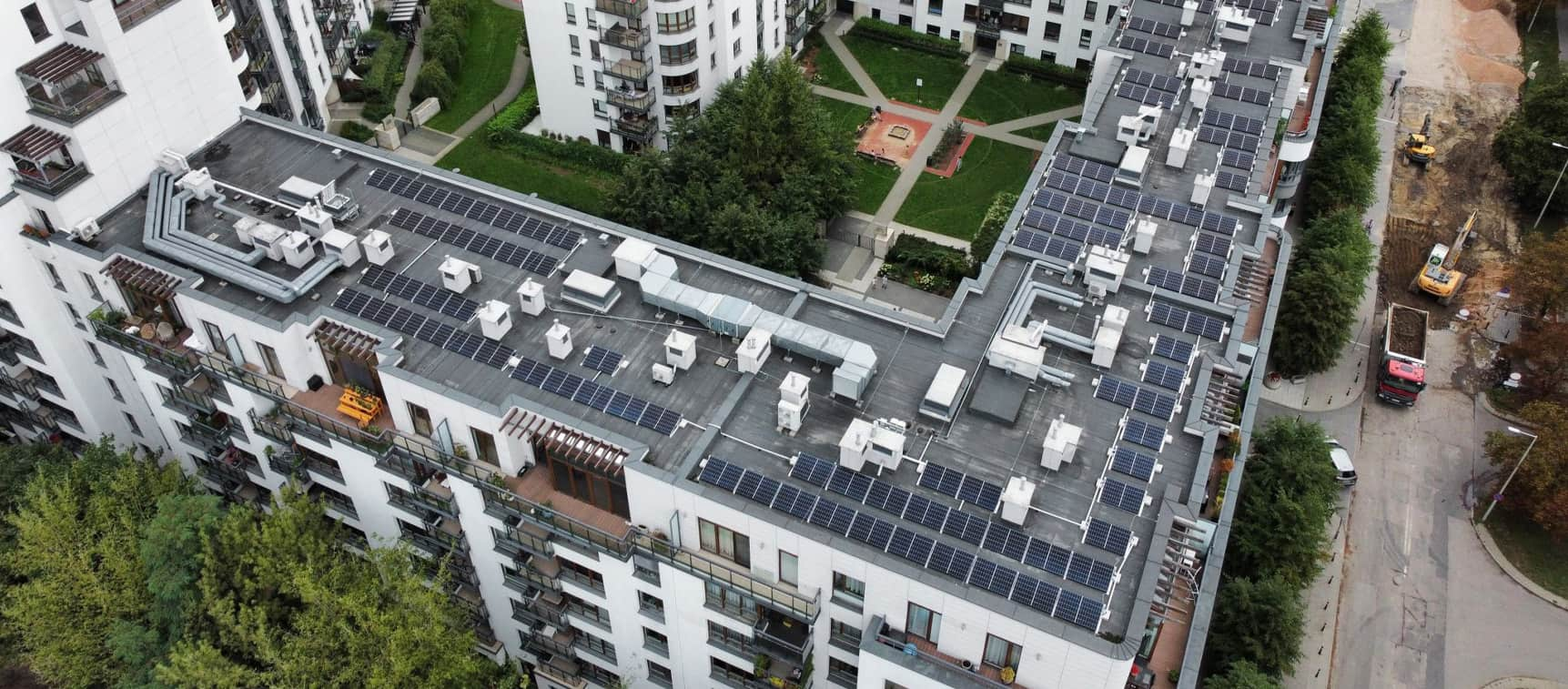Pros And Cons Of Adding An Energy Storage System To A Solar Installation
Dec 04, 2023
Solar energy systems have become increasingly popular in recent years as a way to reduce dependence on traditional power sources and mitigate climate change. One of the key challenges of solar energy systems, however, is that they are dependent on sunlight, which means that energy generation is limited to daylight hours. To address this issue, many homeowners and businesses are turning to energy storage systems, or batteries, as a way to store excess energy generated during the day for use during the evening or when the sun is not shining.
In France, the market for residential energy storage systems is still modest, but it is growing. The number of energy storage systems installed in European homes jumped from 650,000 in 2021 to over 1 million in 2022, driven largely by the rising energy costs due to the crisis in Ukraine. This trend is expected to continue, with the number of homes with batteries coupled to a solar installation in Europe expected to triple to 3.5 million by 2026.
Benefits of Energy Storage
Increased Energy Independence: Adding an energy storage system to a solar installation provides greater energy independence. With a storage system, users can generate and store their own energy, reducing their reliance on the grid and decreasing their energy bills. This is particularly useful during power outages, when the grid may be down, but the solar installation can still provide energy through the stored batteries.
Increased Energy Efficiency: Energy storage systems allow for more efficient use of solar energy. Instead of wasting excess energy generated during peak sunlight hours, the excess energy can be stored for use when needed. This helps to increase the overall efficiency of the system and maximize the use of solar energy.
Environmental Benefits: Energy storage systems can help reduce greenhouse gas emissions and other harmful pollutants associated with traditional power generation. By storing excess solar energy, users can reduce their reliance on fossil fuels and reduce their carbon footprint.
Drawbacks of Energy Storage
Cost: One of the biggest drawbacks of adding an energy storage system to a solar installation is cost. While the cost of solar panels has decreased significantly in recent years, energy storage systems remain relatively expensive. However, the cost of energy storage systems is expected to continue to decrease as technology improves and demand increases.
Maintenance: Energy storage systems require regular maintenance, including monitoring the battery charge levels and ensuring that the system is functioning properly. This can be a hassle for homeowners and businesses who may not have the time or expertise to perform maintenance tasks.
Lifespan: Energy storage systems have a limited lifespan, typically ranging from 5 to 15 years, depending on the technology used. When the batteries reach the end of their life, they will need to be replaced, which can be costly and time-consuming.
Electricity Storage Facilities: Critical to Shaping the Future of Energy
Electricity storage facilities play a critical role in shaping the future of energy. They have the ability to stabilize the grid and optimize the use of renewable energy sources by drawing in excess power and redistributing it during periods of higher demand. The implementation of smart storage technology will significantly boost the supply of green power both locally and nationally, thereby improving the energy landscape. Additionally, storage facilities can benefit grid operators by providing more flexibility to compensate for voltage fluctuations that can arise due to the proliferation of renewable energy generation. This can be especially beneficial to network operators, who would otherwise have to maintain significant reserves to manage the fluctuating energy supply. By eliminating the need for such reserves, there is great potential for reducing CO2 emissions in the local energy market.
In conclusion, adding an energy storage system to a solar installation has several pros and cons that should be considered before making a decision. While the cost and maintenance requirements may be a drawback, the increased energy independence, efficiency, and environmental benefits are significant advantages. As technology continues to improve and prices decrease, it is likely that more homeowners and businesses will choose to integrate energy storage systems into their solar installations. Besides, they are critical to shaping the future of energy.